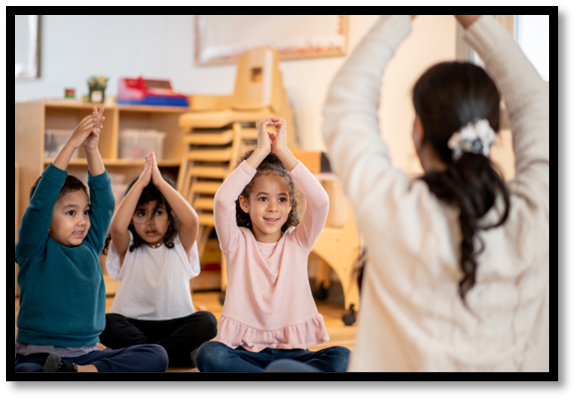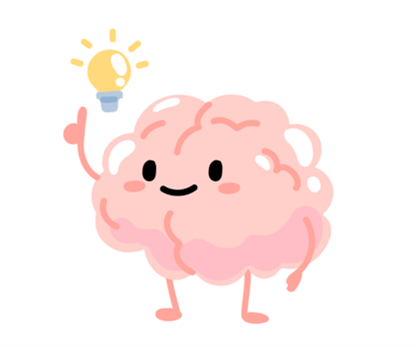
According to the National Center for Children Living in Poverty, about 15 million children in the United States today are living in poverty.
That word – poverty – tends to conjure up a variety of images, ideas and opinions in all of us, some based on stereotypes, some based on media, and some based on our own life experiences and perspectives. Without a doubt, it’s imperative that as educators, we understand what poverty really is, the different types of poverty, and how we can help our students living in poverty to overcome and to achieve.
What is poverty?
In reality, poverty is “a chronic and debilitating condition that results from multiple adverse synergistic risk factors and affects the mind, body, and soul.” Our sweet little students’ minds, bodies, and souls are being affected? Wow. Pretty powerful, isn’t it? Needless to say, poverty is very complex and the factors surrounding it are emotional, unique and certainly very personal.
Poverty affects education and our children.
Children living in poverty tend to be exposed to more stress, more intense & longer lasting stress that negatively impact attention, focus, cognition, IQ and social skills. Children living in poverty also tend to hear less reciprocal conversations, are engaged in conversation with less complex vocabulary and less sentence structure, and are read to less frequently than their peers not living in poverty.
What can we do to mitigate the impact of poverty in our children’s education?
The good news is that there IS a silver lining for our children. ENVIRONMENT does play an enormous role in improvement. And who can create an alternative environment for boys and girls? YOU CAN! Without a doubt, this is no small task, and you may be thinking “Can I really give something to my students that will make an impact?”
According to renowned researcher Eric Jensen, there is. This is what he says:
“If you do nothing else as a teacher, provide hope. For many people living in poverty, hope and faith for tomorrow are the only things that keep them going each day. You MUST buy in to this fact : If brains can change for the worse because of hopelessness, they can change for the better because of hope. For students living in poverty, hope in not a frivolous luxury but an absolute necessity.”
For more information about different types of poverty, how children are affected and how you can provide hope and change within the walls of your classroom, watch our webinar “Poverty Affects Our Children: You Can Help!” by Jodie Shell.




Ready to Start Your Journey?

6425 Living Place
Suite 200 #1021
Pittsburgh, PA 15206
Tel: 800-449-8841
Email: contact.us@grapeseed.com
© 2024 GRAPESEED INTERNATIONAL PTE. LTD.
